Profile
-
Fruit
-
Body
-
Dryness
-
Tanins
-
Freshness
-
Alcohol
Variety
Flavours
-

-

-

-

Glass

Serving Temperature

Food pairing
-

-

-

Maturity
Ready, but will improveYou may like these...
More of the same producer
More about this product
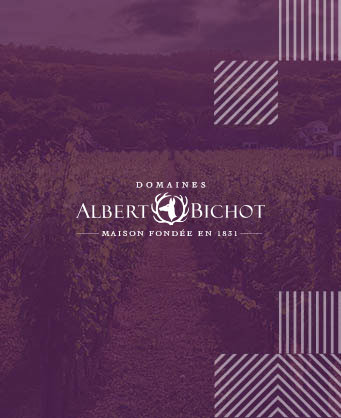
Albert Bichot
The first traces of the Bichot family date from 1214, and in Burgundy they settled in 1350 - in Chateauneuf-en-Auxois. Since then, the coat of arms of the family has not changed, nor has its symbol - a doe. In 1831, Bernard Bichot founded a wine business in his name in Monthélie. His son Hippolyte inherited it and bought the first vineyards in Volney, already convinced that upstream control was essential. His son, Albert Bichot, the first to bear this name, gave a new impetus to the family business in the late 19th century, settling in central Beaune in 1912. The second Albert Bichot, born in 1900, was a pioneer in international trade - he traveled constantly to present wines - around North America, Asia, Oceania ... In the second half of the 20th century, his four sons, Albert, Bernard, Bénigne and Jean-Marc, succeeded him and a new era of expansion began with the construction of a large winery. In the early 90's, the company was joined by Alberic Bichot, taking over its management in 1996. Alberic follows the family traditions, but with a view to the future - he sets the beginning of organic cultivation of vineyards in Côte d'Or, adapts production to new markets etc. Today, the company owns a total of 6 mansions with vineyards that cover Burgundy from north to south.
All wines of the same producer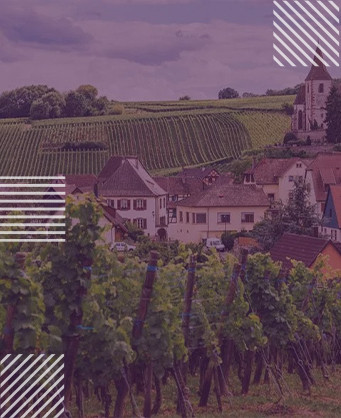
Burgundy
In this area, red wines are produced from one variety - Pinot Noir, but the wines actually vary in quality from light and ordinary to rich, complex and truly majestic. Burgundy is famous for its small vineyards and it is generally believed that the smaller the area of the vineyard, the better the wine. The best Burgundy wines come from Côte d'Or, a strip of only 30 miles, divided in the center into 2 separate parts; Côte de Nuit to the north and Côte de Beaune to the south. The fame of Cotê de Nuits is in the red wines - 95% of Pinot Noir grapes are produced here. Of course, here are some of the best, able to age, the most exotic and expensive wines. The Côte de Beaune produces approximately 38% white wine, 60% red wine and 2% sparkling wine. The white wine variety is exclusively Chardonnay, and the quality varies from the best, Montrachets and Corton Charlemagnes, Meursault, Puligny and Chassagne to the more ordinary Macon Blanc. The former are traditionally aged in small oak barrels, while Macon wines are usually lighter in character and have a good value for money. The red wines from Beaune do not have the fame of their "brothers" from Côte de Nuit, with exceptions here are those who come from Pomard, Corton and Volney. In general, they are lighter in style, but depending on the harvest they can show potential that successfully competes with the Côte de Nuits and beyond.
More wines of this region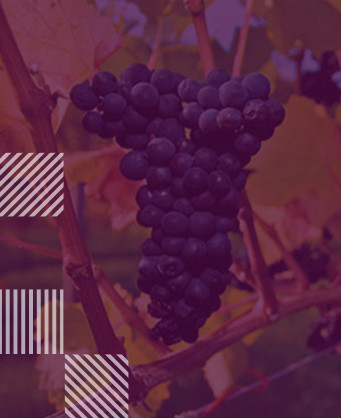
Pinot Noir
Pinot Noir is the dominant red wine grape of Burgundy, a challenge for every single vine grower and wine producer. It can be found in Germany (as Spätburgunder), Italy (Pino Nero), Chile, South Africa, Australia, New Zealand and the USA. The wines show a specific aroma of red berries and cherry depending on the vinification method employed - from fresh red cherries in lighter wines to stewed black cherries in weightier examples, many of them also showing hints of earthy flavours.
More wines of the same variety
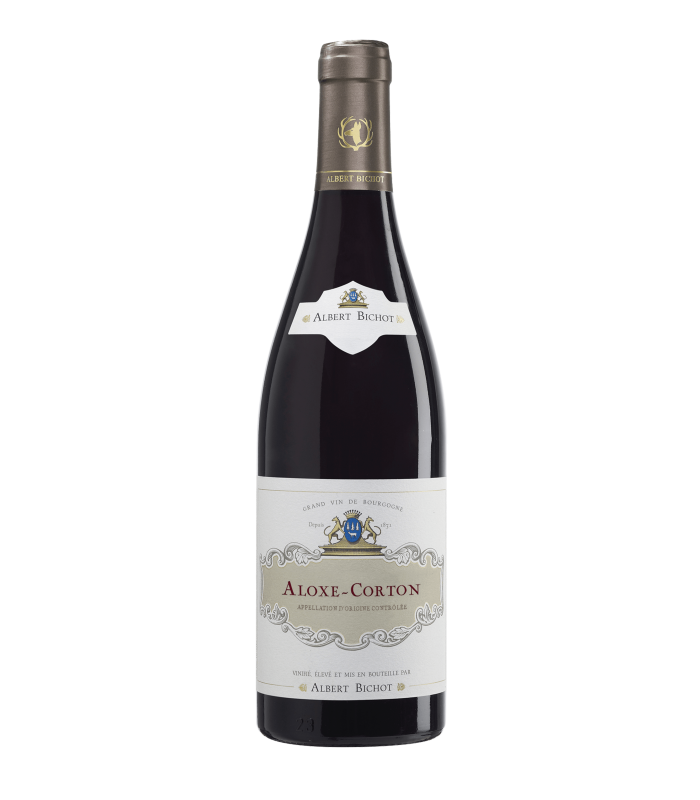


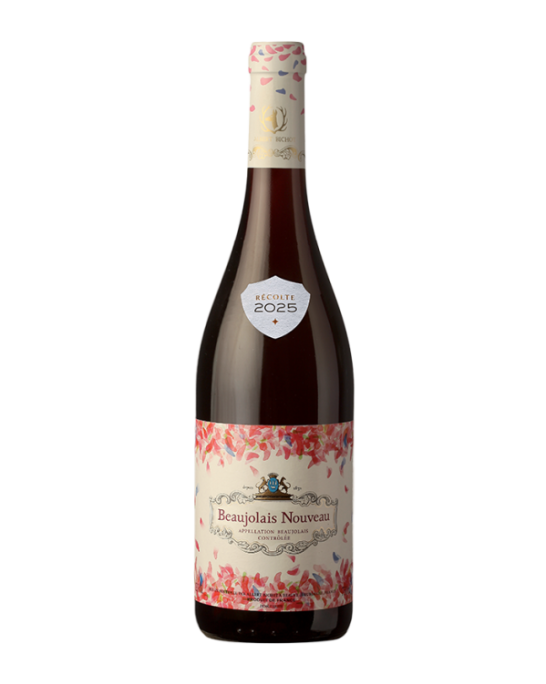
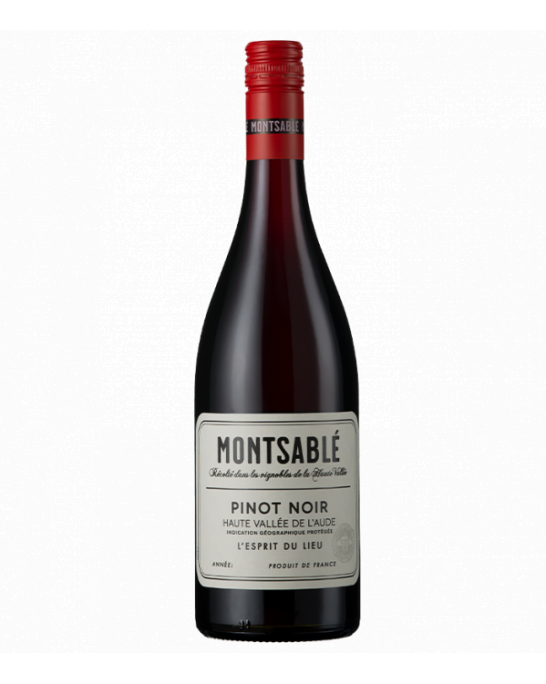
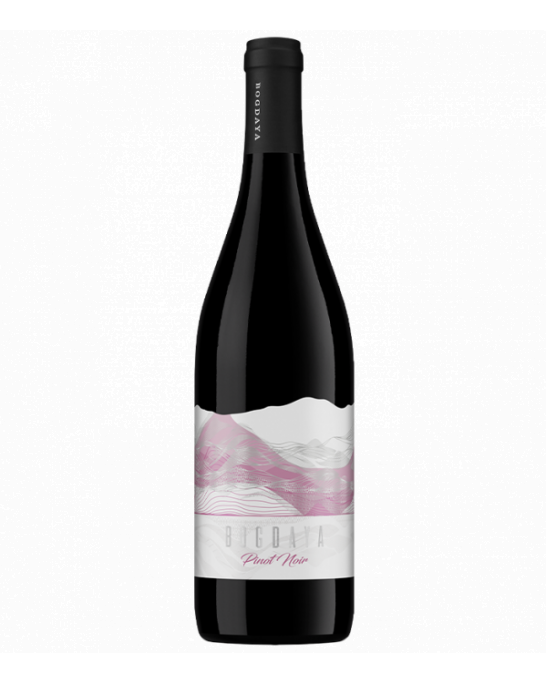
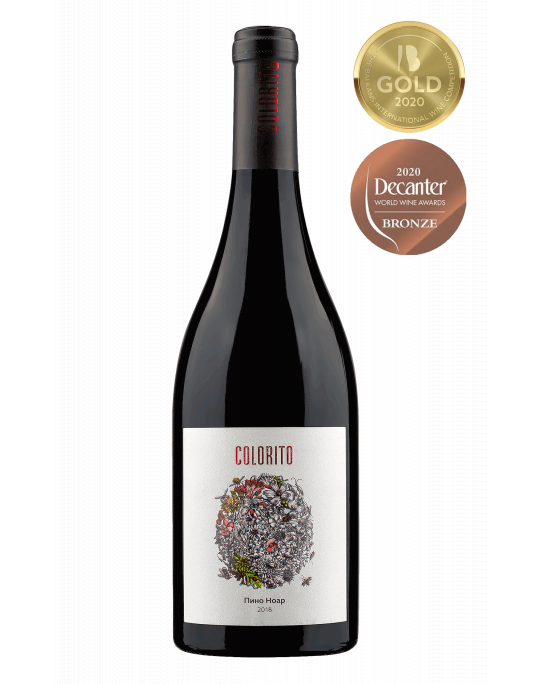
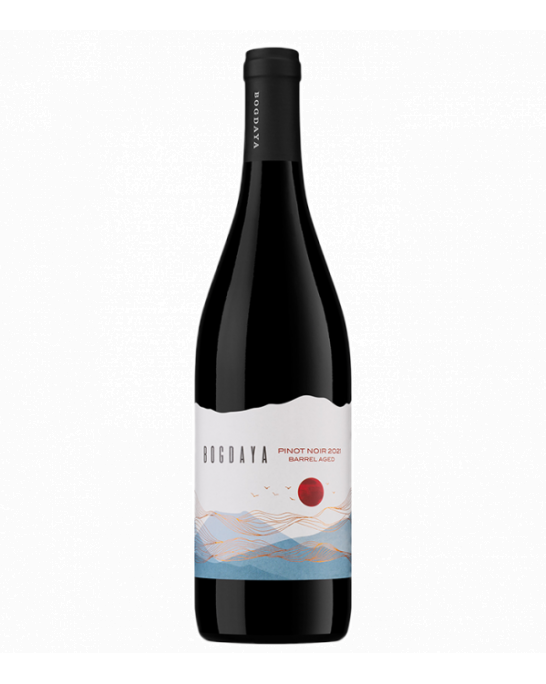
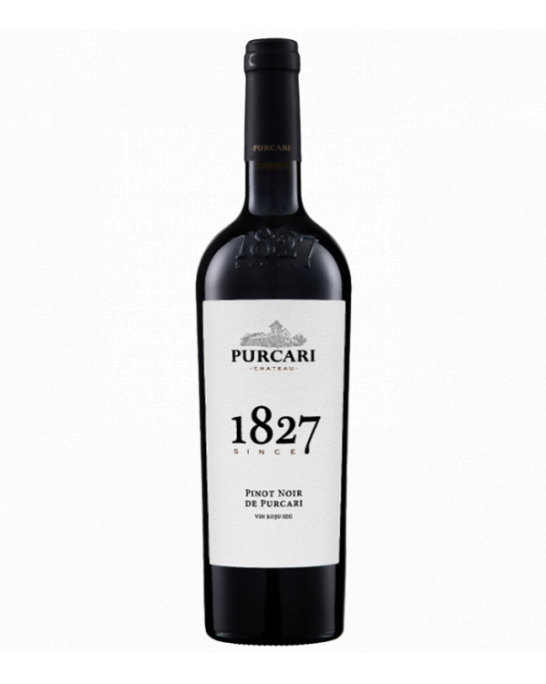

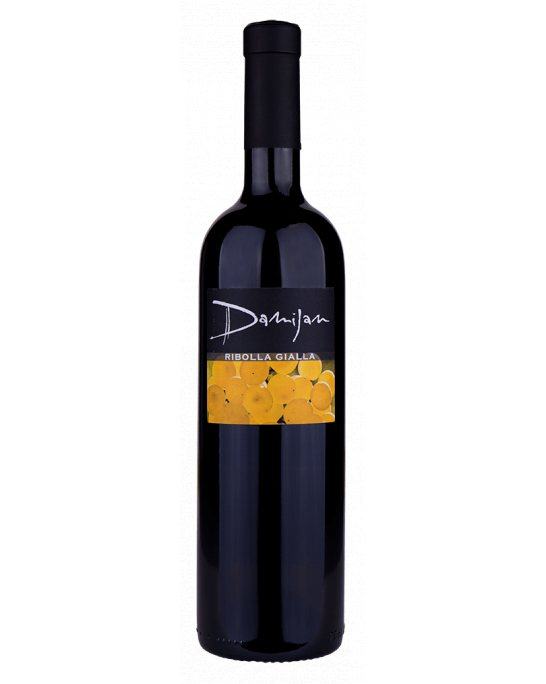
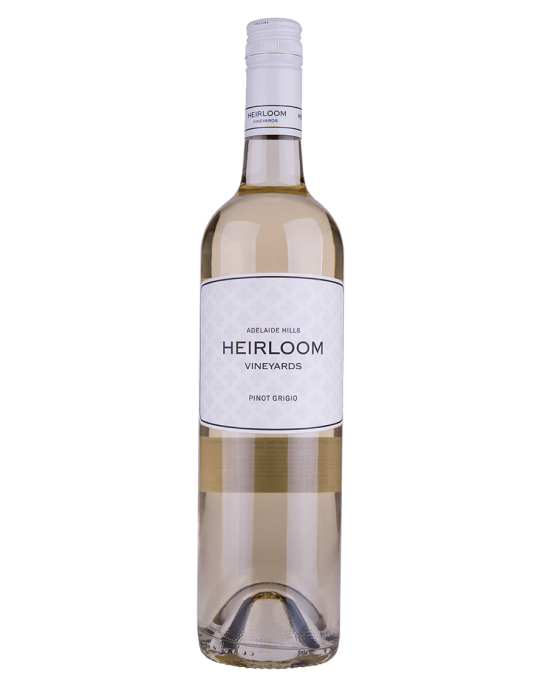
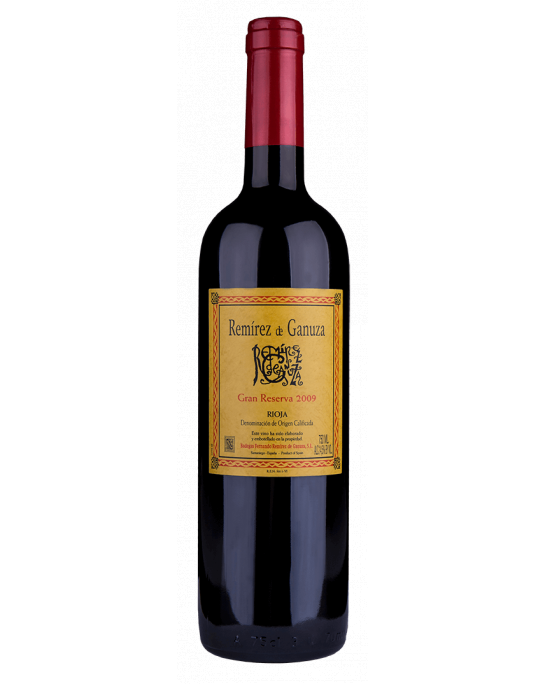
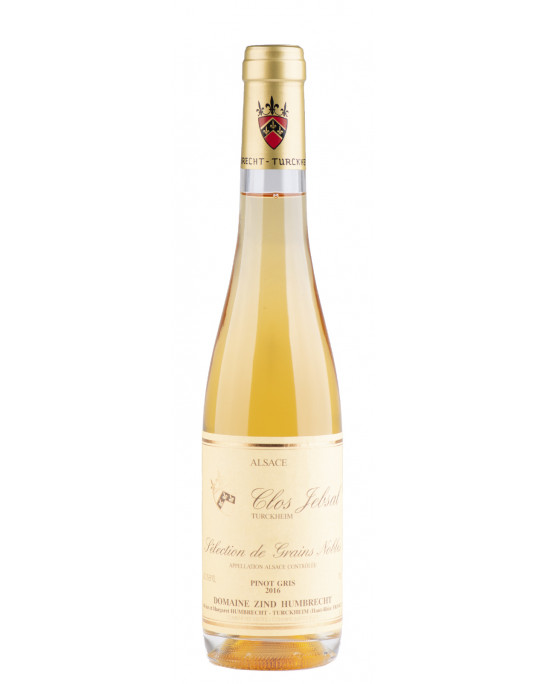
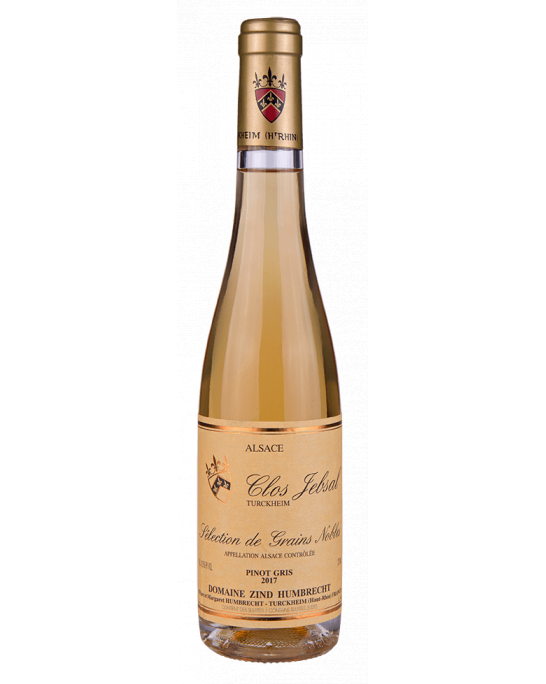
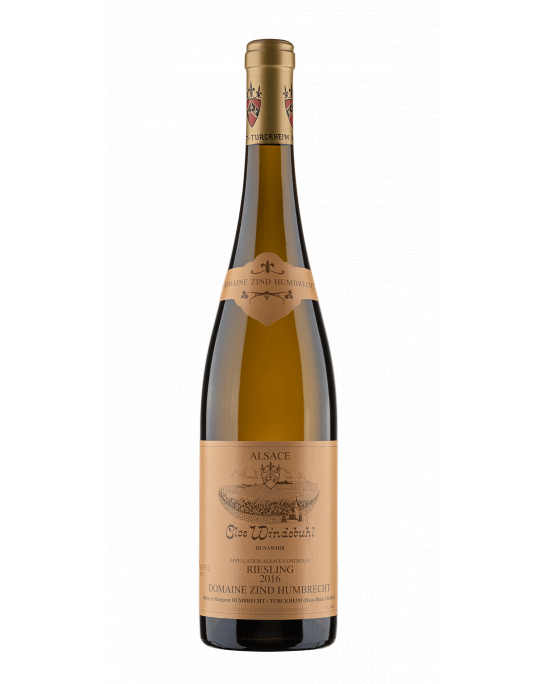
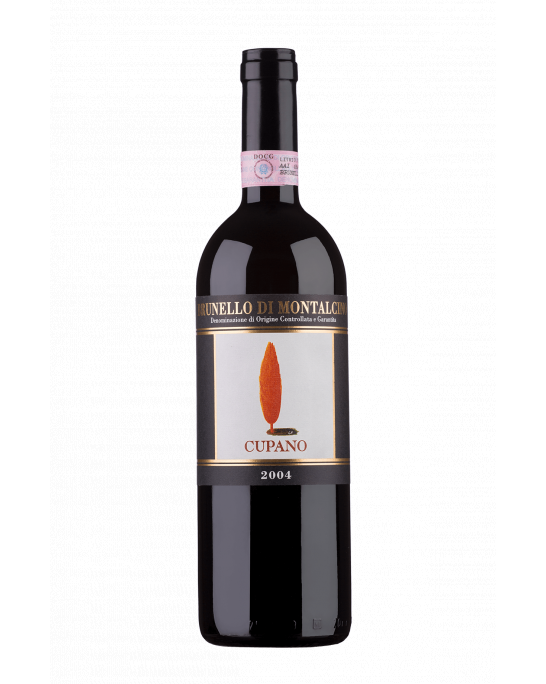
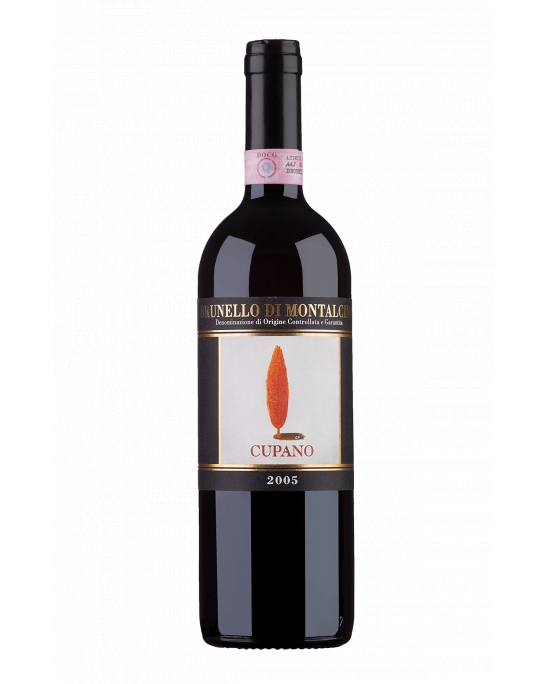
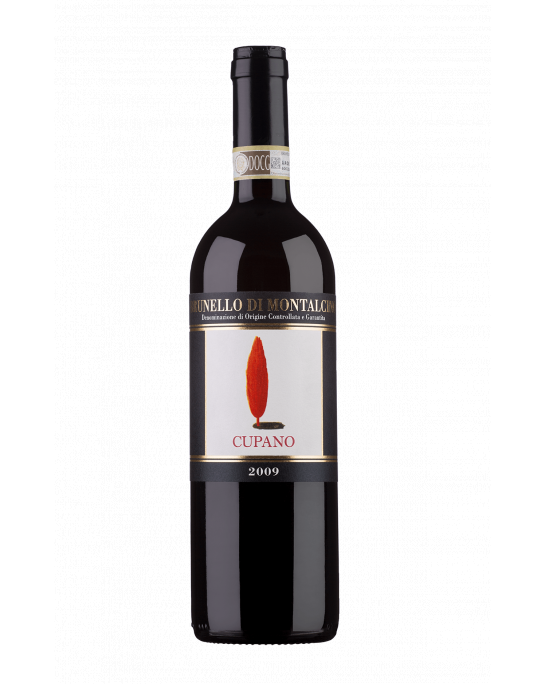
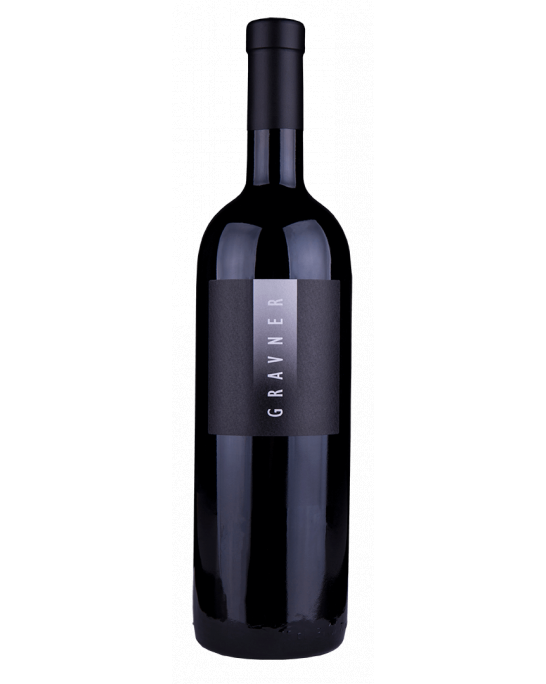
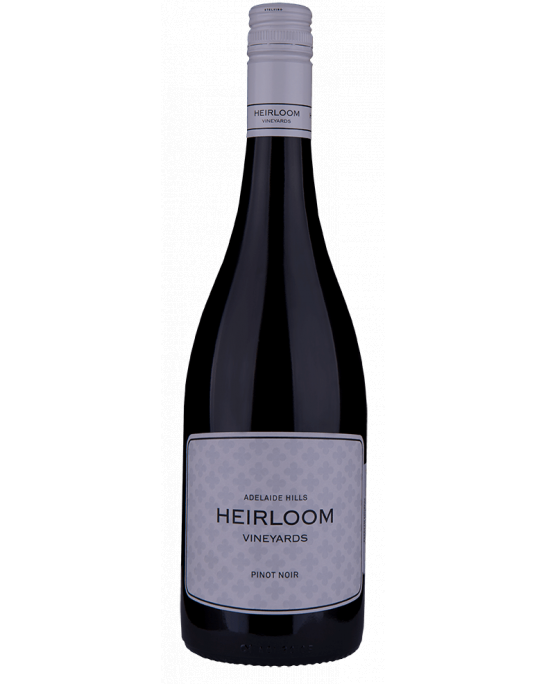
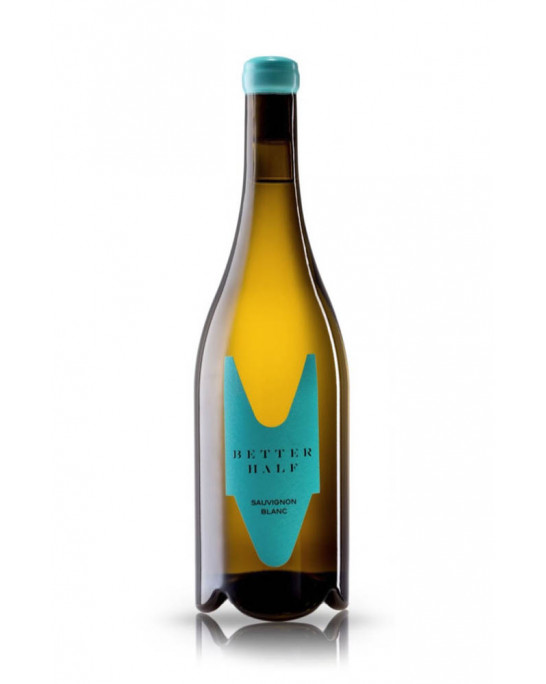
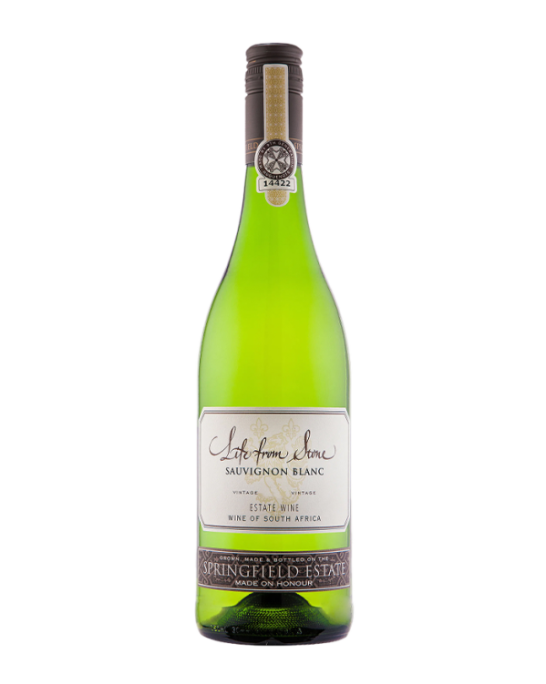
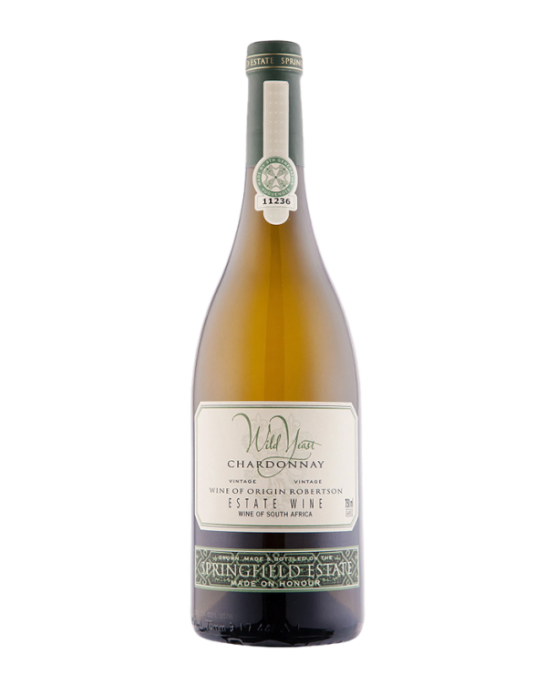
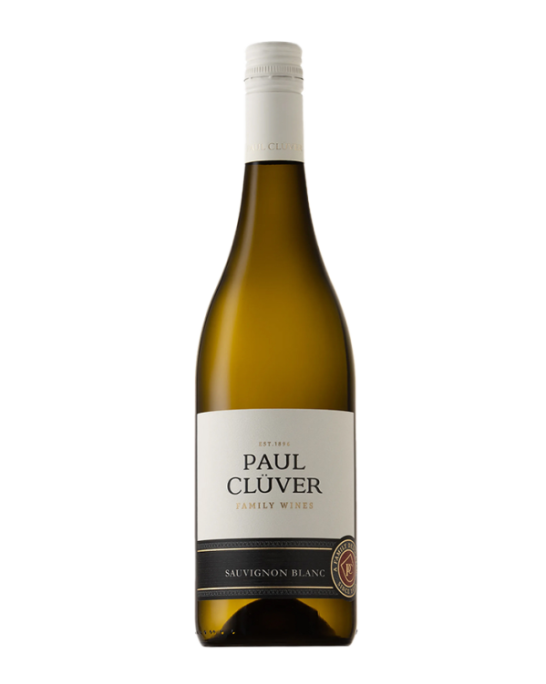
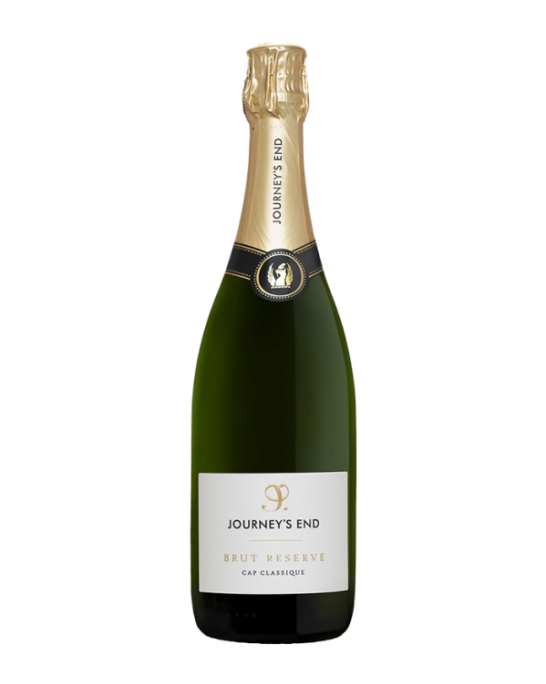
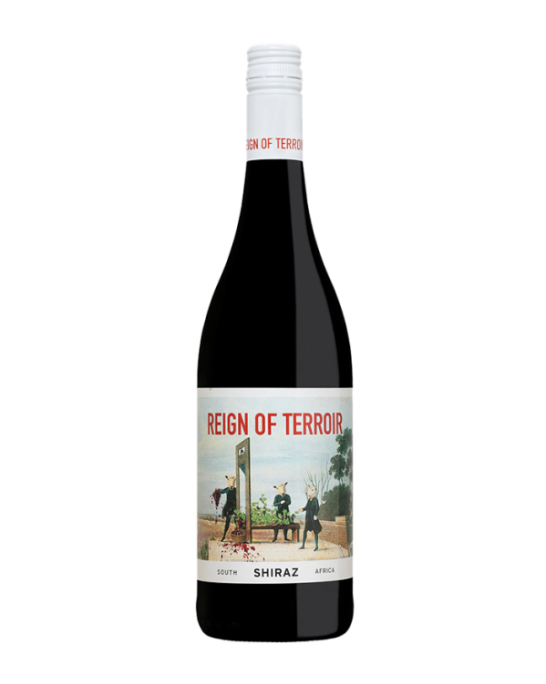
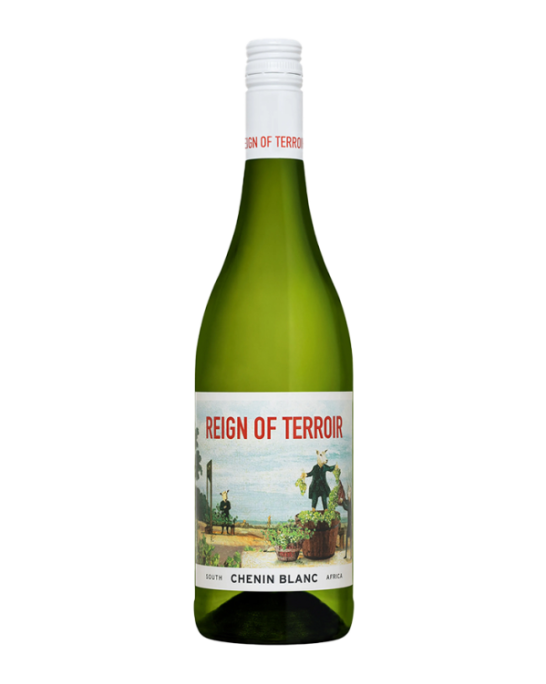
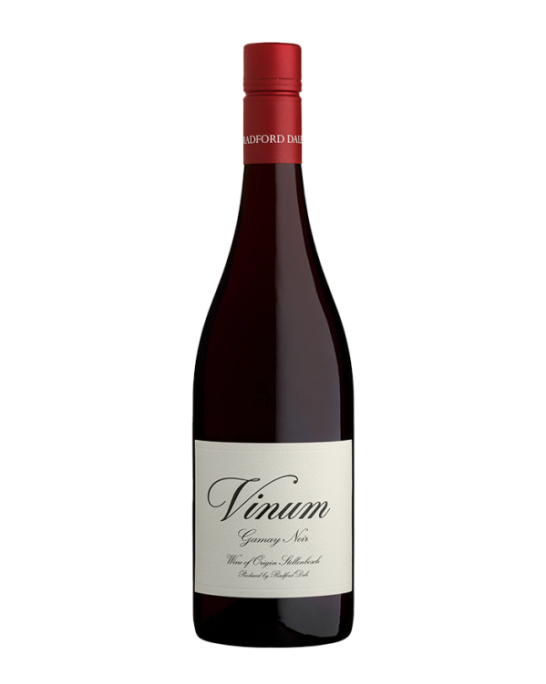
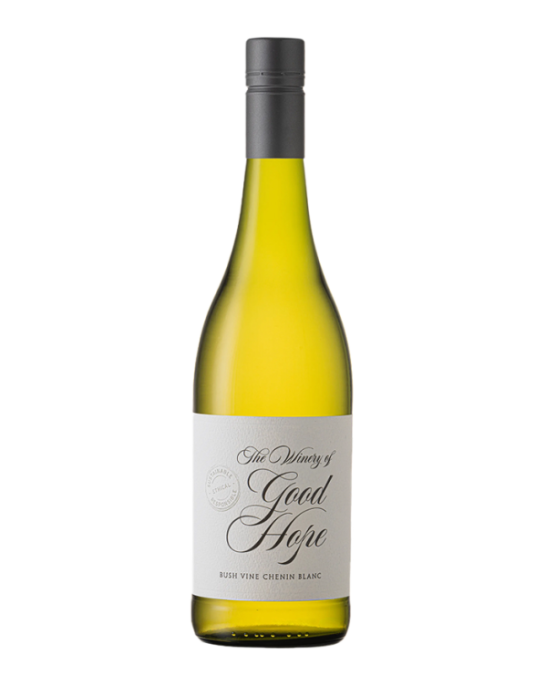
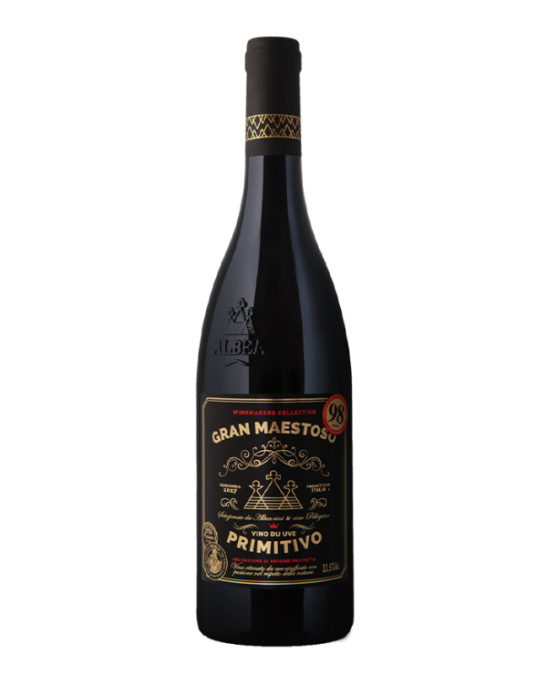
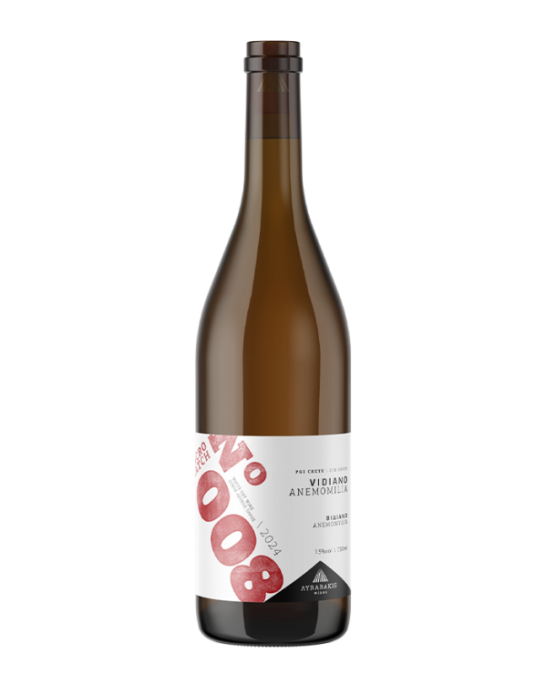
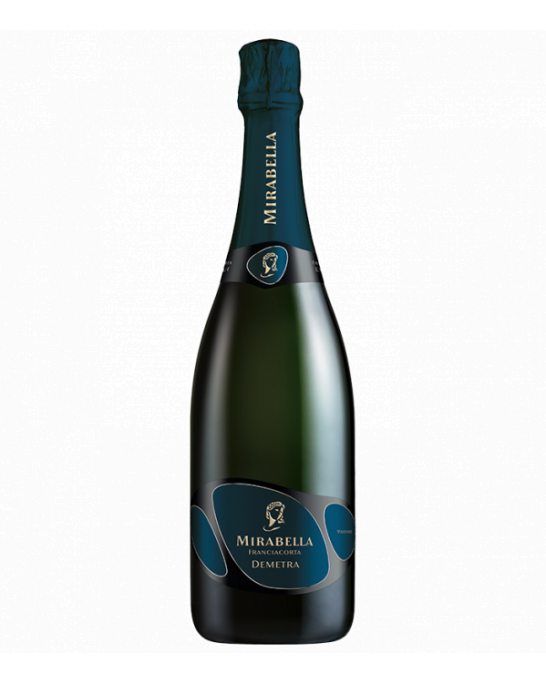
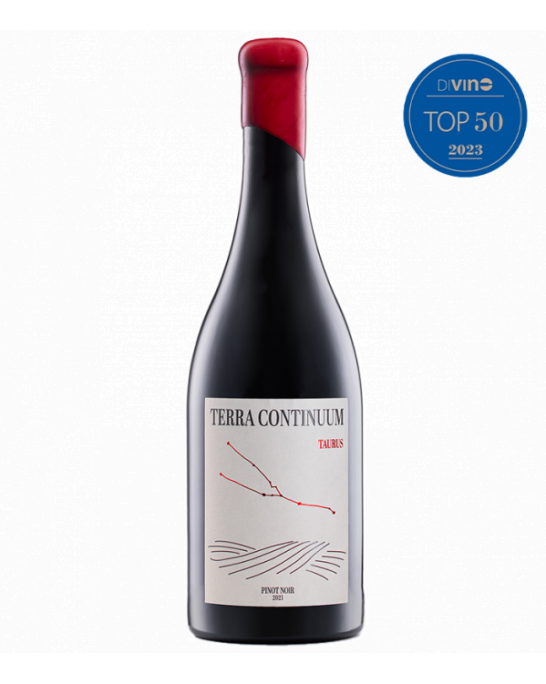
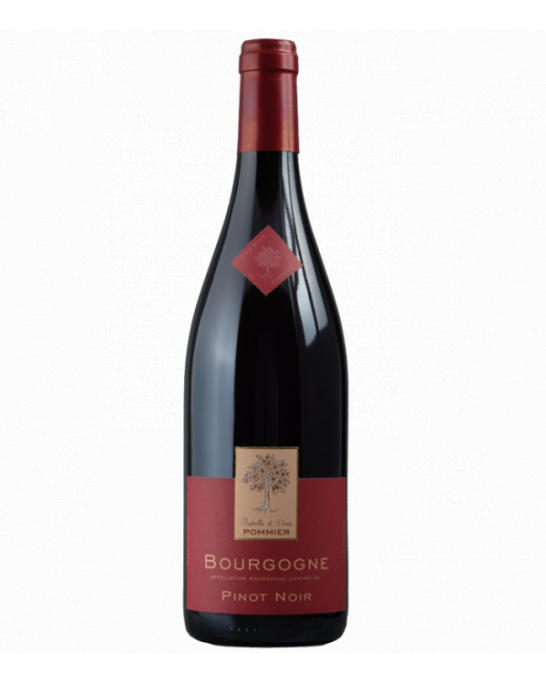
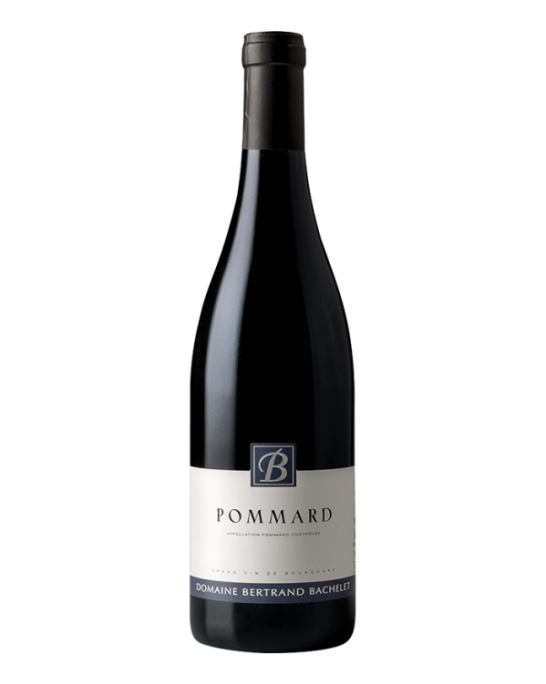
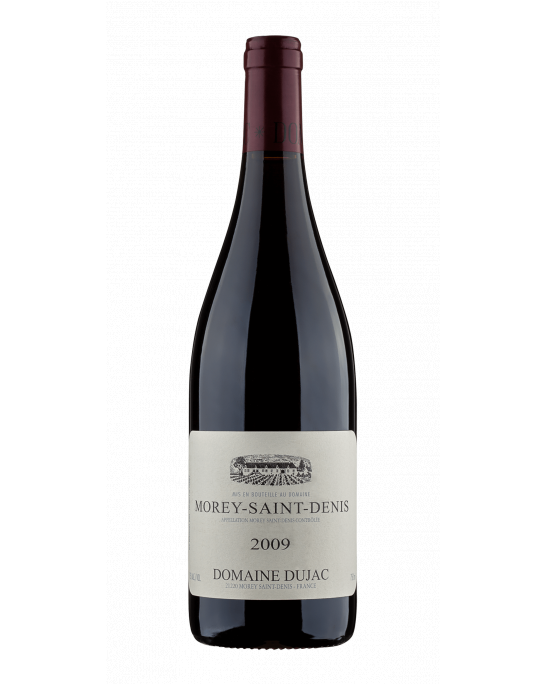
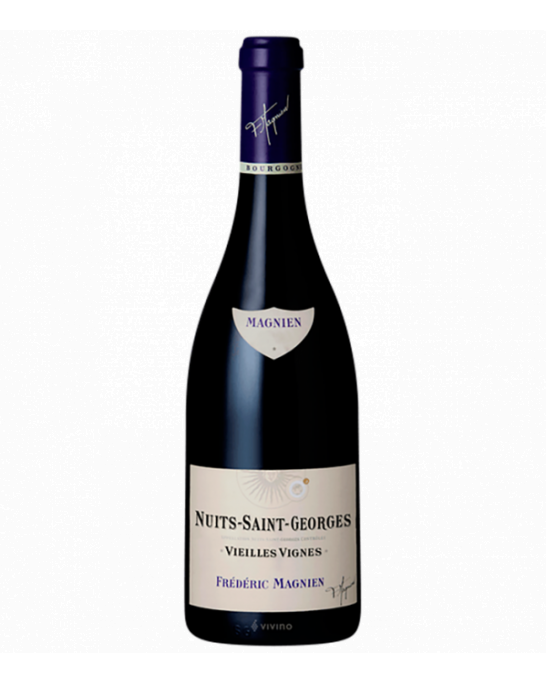
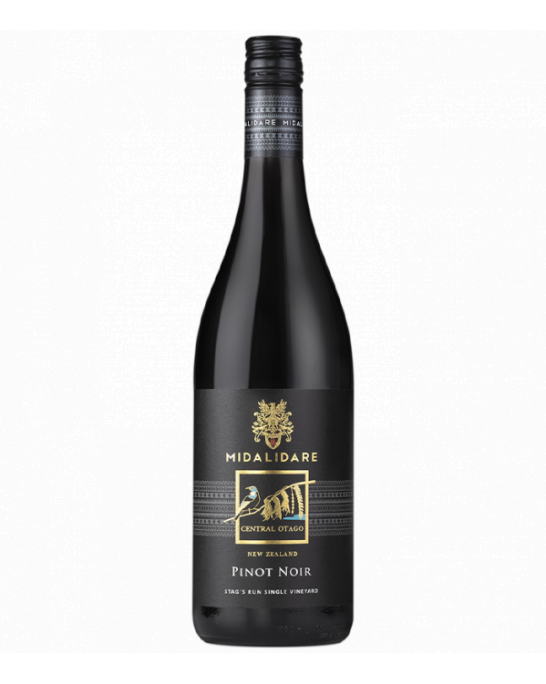
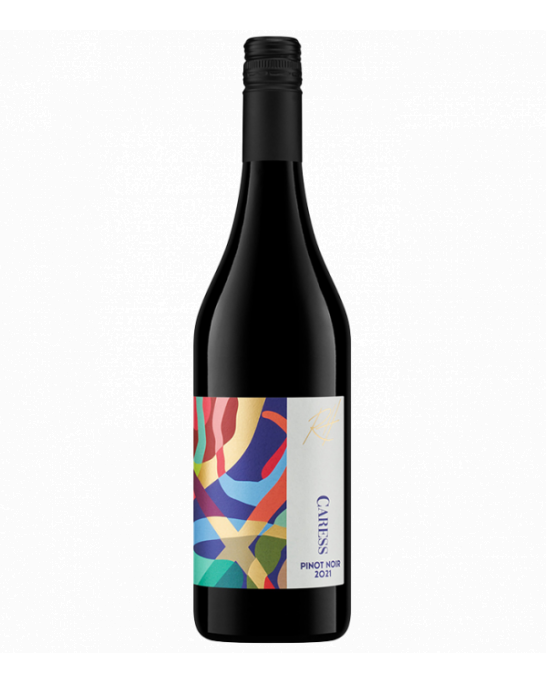
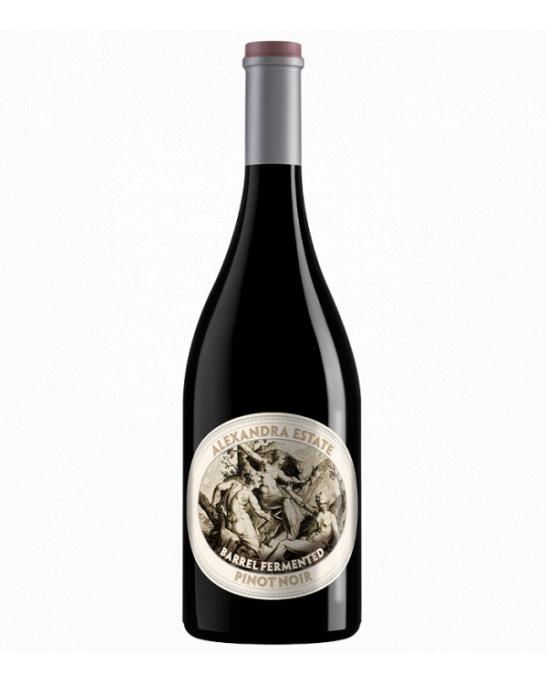
Customer reviews
No reviews available
Be the first to review